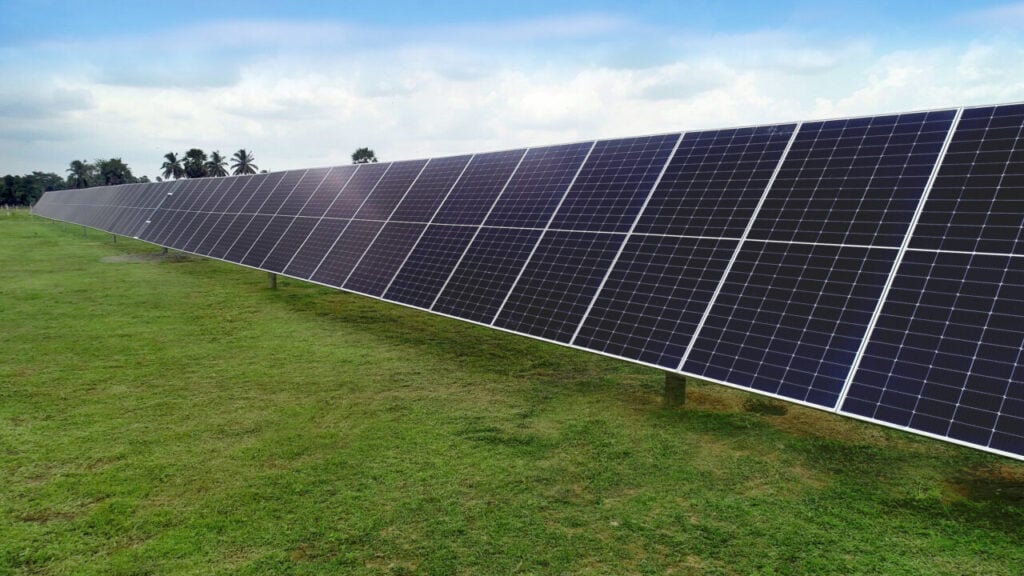
US solar tracker manufacturer FTC Solar has launched its Automated Hail Stow Solution, an automated programme to stow PV modules ahead of hailstorms, to minimise damage from extreme weather events.
The programme, delivered in tandem with VDE Americas, works with FTC’s existing operations and management platform, SUNOPS, to stow modules at times when they are most at risk of hail damage. When exposed to a hail risk, modules are stowed at the maximum angle allowed by the tracker, and away from prevailing winds, to minimise the damage that can be caused by hailstorms.
Try Premium for just $1
- Full premium access for the first month at only $1
- Converts to an annual rate after 30 days unless cancelled
- Cancel anytime during the trial period
Premium Benefits
- Expert industry analysis and interviews
- Digital access to PV Tech Power journal
- Exclusive event discounts
Or get the full Premium subscription right away
Or continue reading this article for free
The solution uses meteorological data to assess when hailstorms are taking place, and allows uses to customise how much hail risk they want to expose their modules to, before they are stowed. Users can also choose whether modules are stored automatically, or manually, and receive notifications to warn of impending hail events.
“By combining advanced technology with meteorological insights, we aim to provide our customers with greater peace of mind and protection for their solar assets,” said Andrew Morse, senior director of Software at FTC Solar.
The global solar sector has been made more aware of the potential damage that extreme weather, notably hailstorms, can to do projects, following the falling of “golf ball-sized” hailstorms on the Fighting Jays solar project in Texas earlier this year.
A report from insurers GCube found that, between 2018 and 2023, the average insurance claim made at solar projects due to hail damage cost around US$58.4 million, and hail accounted for 54.21% of incurred costs of total solar loss claims, as solar projects grow larger in scale, and become more exposed to extreme weather events.
Jason Kaminsky, CEO at kWh Analytics, told PV Tech Premium that, in response to the Fighting Jays incident, there is a greater awareness of the insurance risk that weather can pose to solar projects. He noted that “the biggest challenge is operationalising a lot of the insights that we’ve seen,” and FTC Solar will be optimistic that its integration of its latest autonomous programme with an existing operations and management tool will help this process of integrating data into operational performance.






